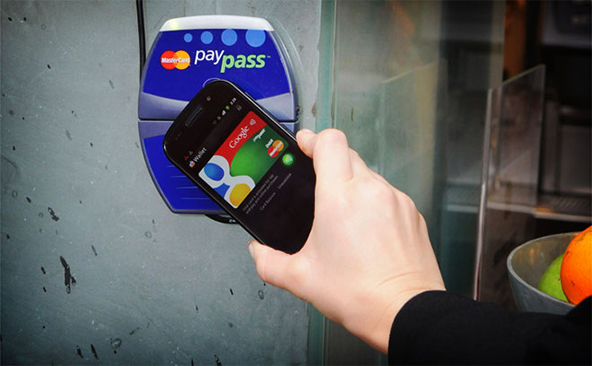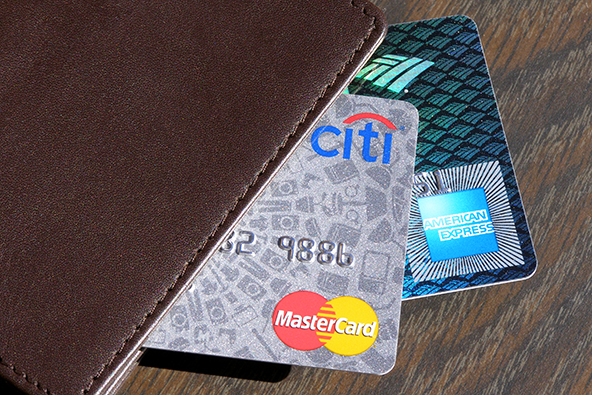What Every Merchant Needs to Know About Transaction Authorizations

Each credit card transaction goes through a three-stage process that begins with the authorization of the payment by the card issuer. Authorized transactions are then processed by the merchant and submitted to the processing bank for clearing and settlement.
In this article I will provide the very basic information that everyone who accepts credit cards needs to know about credit card authorizations.
What Is Transaction Authorization?
Authorization is the process of approving or declining by a card issuer of a sales transaction involving one of the bank’s payment cards. In a face-to-face setting, the authorization occurs immediately after a card is swiped through a point-of-sale (POS) terminal. In a card-not-present setting, the authorization takes place immediately after the credit card information is submitted by the customer online or over the phone.

All non-swiped transactions must be authorized before being processed. For swiped transactions, the merchant is only required to receive an authorization approval for amounts that are above the merchant’s “floor limit” – a dollar figure stated in the processing agreement. So if the floor limit is $25, all transactions for up to $24.99 would not need an authorization approval, while these of $25.00 and above would require it.
Merchants can request partial authorization approvals for debit or prepaid cards, if the transaction amount exceeds the funds available on the card. If this is the case, the merchant is allowed to split the transaction between the card for which a partial authorization approval was received and another form of payment, which can be another card. This is called a split-tender sale. However, merchants are not allowed to split sales with the goal of avoiding authorization limits.
Authorization Responses and How to Act on Them
Once the transaction information is sent to the card issuer, it is reviewed and a response code is sent back to the processing bank and the merchant. The format of the response may vary, but it communicates the following information:
| Response | Explanation and Recommended Action |
| Approved | The transaction is authorized. If the transaction review process raises no suspicions, the payment can be completed. |
| Declined | The transaction is not authorized. Do not complete the transaction. Request that your customer presents an alternative payment form. |
| Refer to / call card issuer | You are requested to call the issuer’s authorization center. Follow the operator’s instructions. If your authorization request is:
|
| Capture card / Pick up | You are requested to retain the card, which you should only do by peaceful means. |
| No match | Request another authorization. If you get the same “no match” response, make a Code 10 call to your authorization enter. |
| Valid | This is a response to information inquiries, like balance inquiries, address verification requests and other non-financial types of requests.
|
Once a credit card transaction receives an authorization approval and the sale is completed, the processing bank reimburses the merchant for the payment amount, typically on the first business day following the sale’s deposit. The processor then settles the funds with the card issuer through the Visa or MasterCard payment network to complete the transaction cycle.
Image credit: Lifehack.org.



This is a real cause of concern